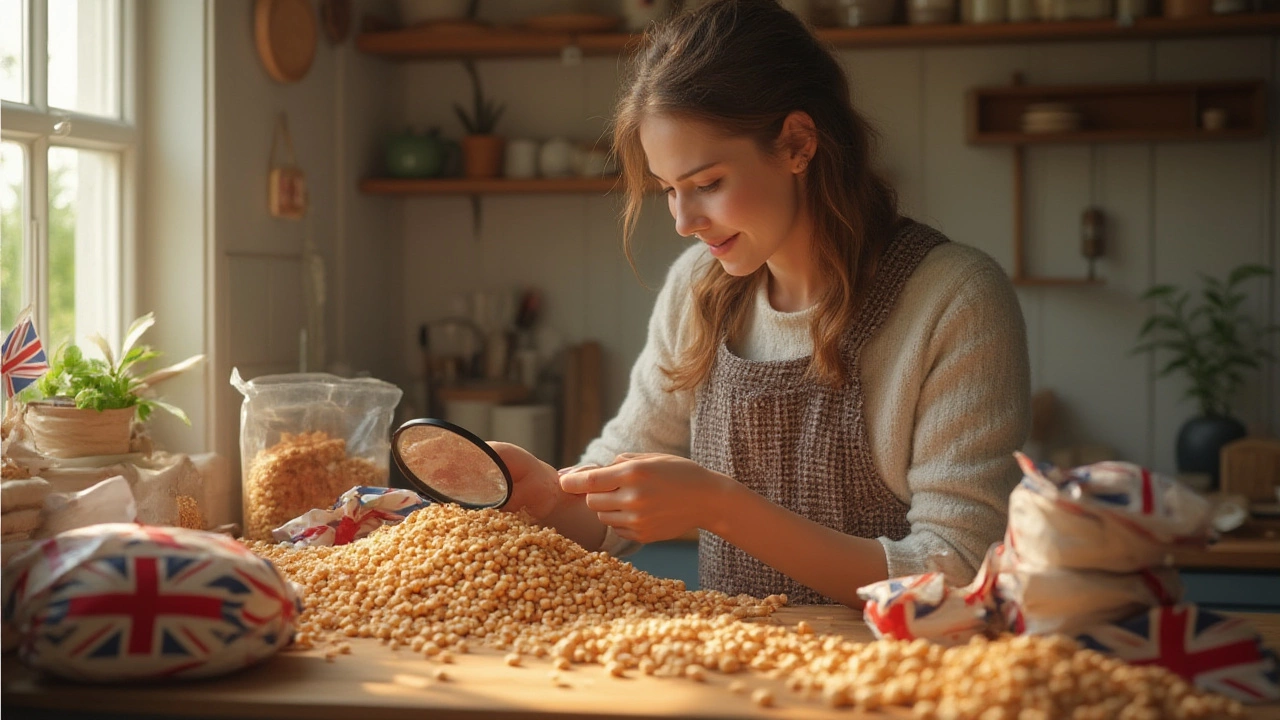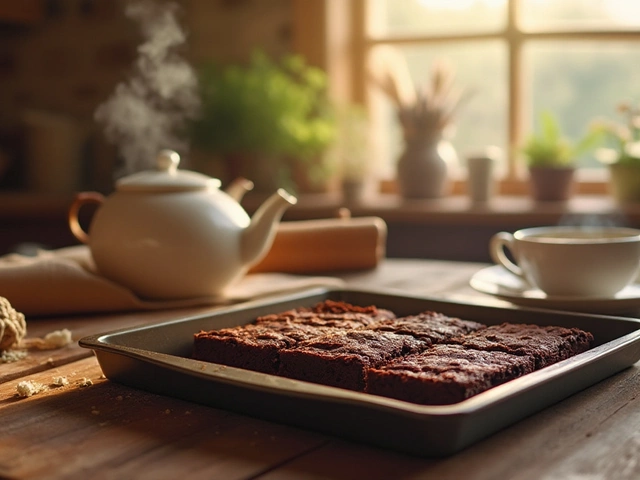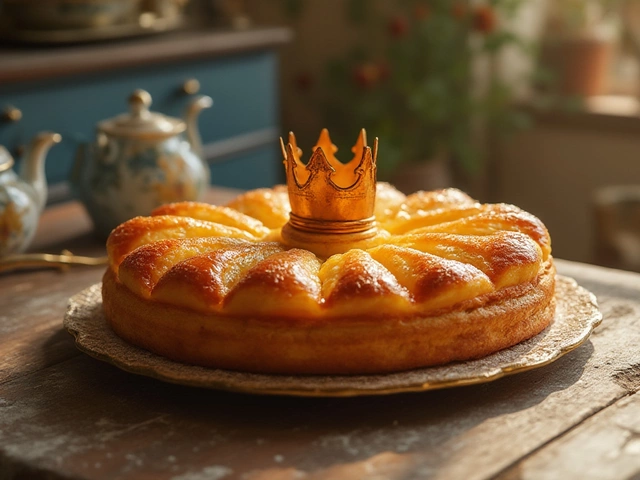Picture this: You’re at a party, eyeing a bowl of hummus like it’s the crown jewel of the snack table. But in the back of your mind, you’re thinking—is it actually safe for someone avoiding gluten? Chickpeas have a way of sneaking into all kinds of dishes these days. Salads, curries, pasta swaps, even brownies! But the gluten question, for people with celiac or a gluten sensitivity, can be surprisingly tricky. The answer isn’t always just a simple yes or no. Let’s crack open the chickpea mystery and see what’s really going on with this little legume.
What Exactly Are Chickpeas?
Chickpeas are right in the heart of so many comfort foods. You also might know them as garbanzo beans. Unlike wheat, rye, and barley—the notorious gluten grains—chickpeas are part of the legume family. Think cousins with lentils, beans, and peas. The stuff that naturally grows on chickpea plants just doesn’t make gluten. In other words, a basic, unprocessed chickpea straight out of the pod is what we call naturally gluten-free.
That’s not just old wives’ tales talking. The United States Department of Agriculture (USDA) Nutrient Database lists chickpeas without a trace of gluten. Laura Allred, regulatory manager for the Gluten Intolerance Group, points out,
“Chickpeas are inherently gluten-free, and safe for people with celiac disease once cross-contact is addressed.”
That “once cross-contact is addressed” bit is the real kicker, though. We’ll get to that. First, it helps to look at why chickpeas are appearing everywhere. This little bean is nutrient-dense and surprisingly versatile: just one cup of cooked chickpeas gives you about 269 calories, 14.5 grams of protein, and loads of fiber (around 12.5 grams!). Here’s a quick data table for reference:
| Nutrient (per 1 cup cooked, 164g) | Amount |
|---|---|
| Calories | 269 |
| Protein | 14.5 g |
| Carbohydrates | 45 g |
| Dietary Fiber | 12.5 g |
| Fat | 4.2 g |
| Iron | 4.7 mg |
| Zinc | 2.5 mg |
| Potassium | 477 mg |
With that kind of resume, it’s no wonder chickpeas have snuck their way into tortilla chips, pizza crusts, and pasta—all the places gluten likes to hide.
Can Chickpeas Ever Contain Gluten?
So here’s where things get dicey. The chickpea itself? Gluten-free, no debate. But how they get from the plant to your plate can muddy the waters. Most of the risk comes from something called cross-contamination (sometimes called cross-contact). This happens when gluten-containing foods share equipment or storage space with gluten-free ones. Think about flour mills that process both wheat and chickpeas, or canned goods factories that pump garbanzo beans and barley soup through the same machinery. Even bigger brands sometimes share packaging lines to save costs.
This is especially important for people with celiac disease—a serious autoimmune disorder where gluten triggers the immune system to damage the small intestine. Even a crumb can be enough to spark problems. People with a wheat allergy or non-celiac gluten sensitivity have to be just as careful. The tiniest speck of wheat flour is all it takes.
If you’re shopping for chickpeas, check labels for statements like “processed in a facility that also handles wheat” or “may contain traces of gluten.” According to a 2022 study out of Columbia University, up to 13% of samples of naturally gluten-free grains and legumes from regular grocery stores tested positive for measurable gluten contamination, often from shared harvesting, transport, or packaging equipment.
It’s not just with dried or canned chickpeas, either. Chickpea flour is used to make all kinds of gluten-free alternatives—like socca bread, pakoras, pancakes, and even desserts. But unless the package is labeled certified gluten-free, play it safe and assume there’s a risk. Specialty brands that are approved by groups like the Gluten-Free Certification Organization (GFCO) have strict standards—to pass their tests, the product must contain fewer than 10 parts per million (ppm) of gluten, much lower than the FDA’s official 20ppm cutoff for something to count as gluten-free.
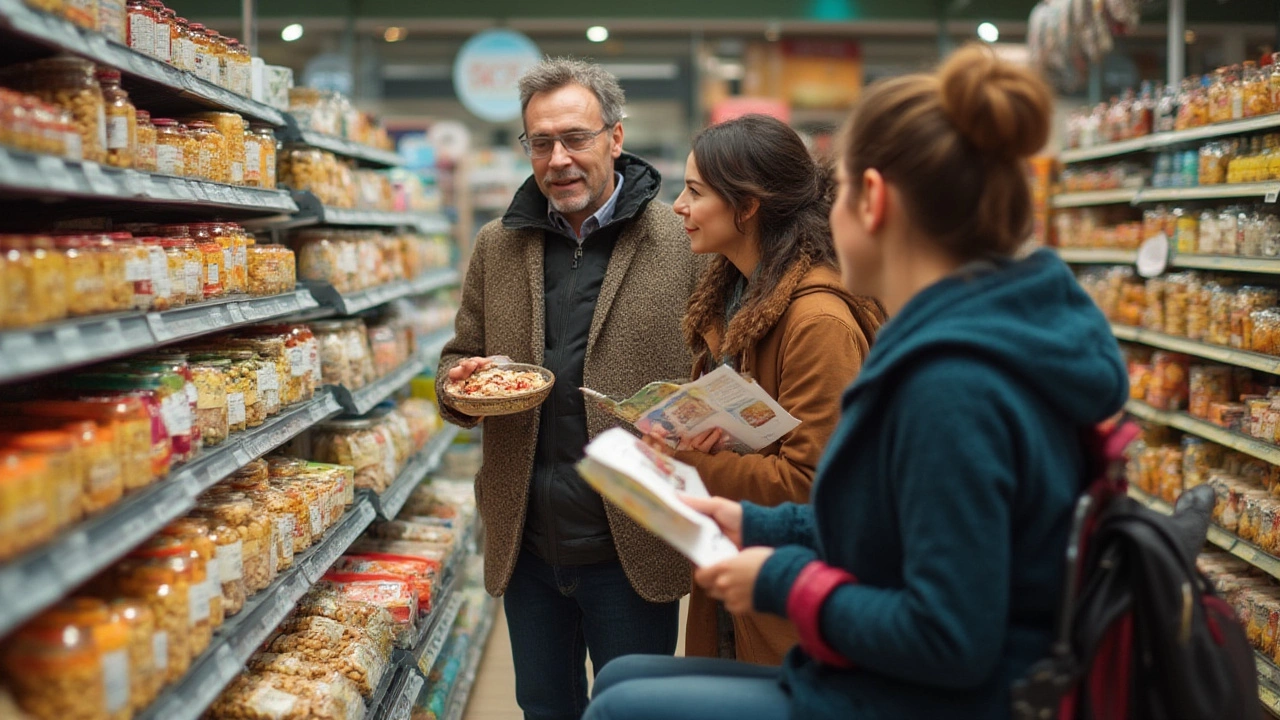
Why Are Chickpeas a Great Choice for Gluten-Free Diets?
Now, if you’re steering clear of gluten, chickpeas are an MVP for one reason: sheer adaptability. When wheat is off the table, it can feel like your menu just shrank. But the humble chickpea fills the void in lots of clever ways. You can blend them into creamy dips, toss them onto salads for crunch, or use chickpea flour to bake pancakes, pizza crusts, and even cookies—without a whisper of gluten.
Chickpeas are a fiber bomb, helping you feel full longer, and they have a lower glycemic index than standard white bread or pasta. That means steadier blood sugar and fewer energy crashes. For people who need to completely avoid gluten, this steady carb source can be life-changing.
It isn’t all about health, though. Chickpeas create a velvety texture in things like hummus or falafel. Not long ago, people started whipping the liquid from canned chickpeas (aquafaba) to make vegan whipped cream and meringues—no gluten in sight. That kind of kitchen magic feels especially good when you have to avoid half the bakery aisle.
Need some ideas? Try these:
- Chickpea pancakes (socca) for a gluten-free brunch.
- Homemade grain-free pizza crust from chickpea flour.
- Roasted chickpeas as a crunchy snack or salad topper.
- Chickpea blondies for when those sweet cravings hit.
And don’t forget the nutrition bonus: as tabulated in the USDA database, chickpeas are high in plant-based protein, iron, potassium, zinc, and B vitamins. That’s a winning combo for gluten-free eaters, who sometimes need to work harder to balance their nutrients after cutting out fortified wheat products.
How to Shop for Chickpeas If You’re Gluten-Free
Stepping into the grocery store? Don’t just grab the first can or bag on the shelf. Here’s how to avoid gluten surprises hidden in or around your chickpeas:
- Look for “certified gluten-free” labels. This is the gold standard. Third-party seals mean heavy-duty testing and strict protocols.
- Read the fine print. Scan the package for disclaimers, especially statements about shared facilities or equipment with wheat.
- Buy from dedicated brands or stores. Some brands focus only on gluten-free foods, lowering the risk of cross-contact during harvesting, shipping, or packing.
- Choose dried over canned (sometimes). With dried chickpeas, you can check more easily where and how they’re packed; look for “gluten-free facility” on bins or packaging.
- Check imported products with extra caution. Different countries have looser gluten standards. Sometimes, imports aren’t tested as closely as those meant for US markets.
- Try chickpeas in new forms. Roasted chickpea snacks, chickpea pasta, and even chickpea-based crackers are all over the shelves these days. Just remember to double-check the ingredients.
- Be careful with ready-to-eat or pre-seasoned products. Some add wheat flour or barley malt for texture or flavor. Check the ingredient list every time, even on familiar brands.
What about bulk bins? If you’re super sensitive, skip them. Scoops and bins can be easily contaminated when staff or other shoppers mix them up—even accidentally. Pre-packed, certified products are safer bets.
One niche tip: If you find a gluten-free brand you trust (like Jovial, Bob’s Red Mill, or Palouse Brand in the US), stick with it. Visit the brand’s website to see if they disclose details about their allergen control processes. Many offer transparency reports or even video tours of their dedicated gluten-free facilities.
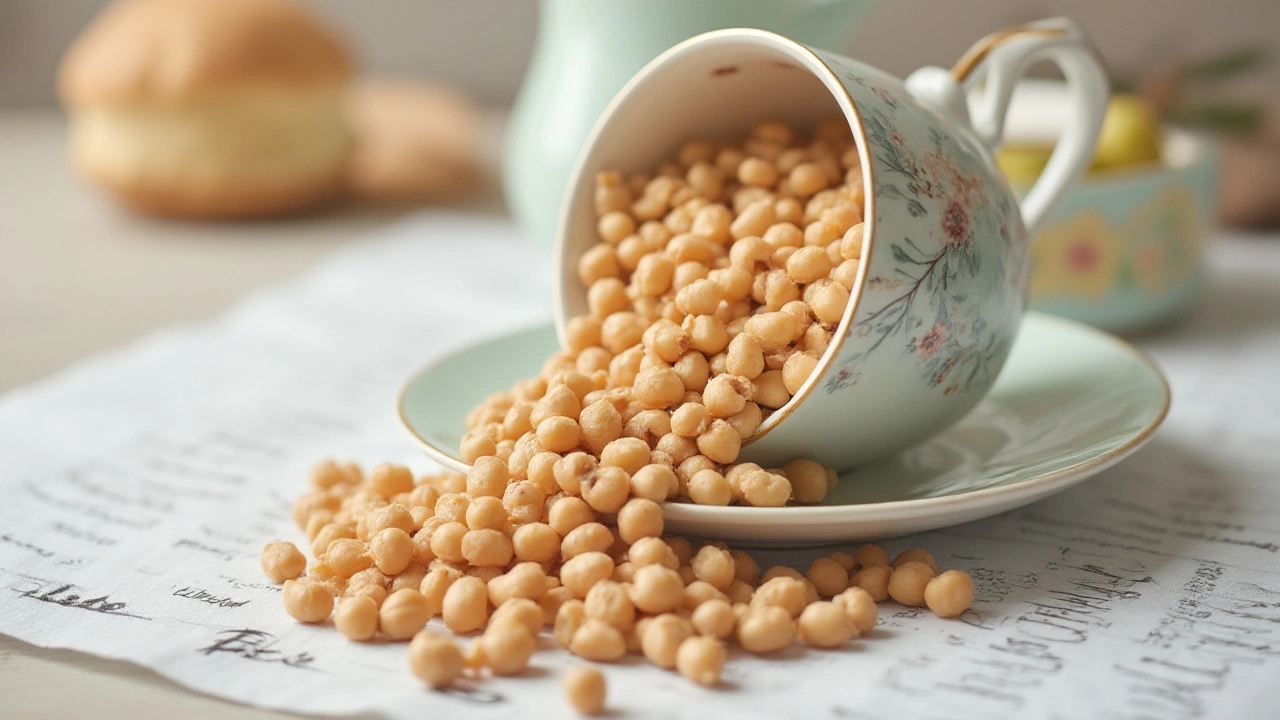
Are Chickpeas Right for Every Gluten-Free Diet?
Chickpeas get the green light for most gluten-free eaters—but there are exceptions. Some folks with celiac disease also react to other proteins called lectins (naturally found in legumes) or have trouble digesting certain fibers (like FODMAPs, which can be high in chickpeas). That’s not a gluten thing, but it’s worth knowing if you start to notice belly trouble after chickpea-heavy meals.
There’s another reason to pay attention: some ready-to-eat chickpea products sneak in unexpected gluten. Ever tried falafel from a street cart? Sometimes, the mix contains flour to make it fluffier. Even in store-bought hummus, croutons or pita chips on the label could mean a gluten touchdown. It’s a wild world out there for label readers.
Curious about protein swaps? Chickpeas work as a base for everything from veggie burgers to faux “tuna” salad. If you’re missing classic wheat pasta, brands like Banza and Barilla now sell chickpea-based spaghetti and rotini. Not only are they gluten-free, but they’re also loaded with protein and fiber. Just watch out for flavored versions—every so often, a sneaky gluten ingredient shows up.
And if you’re new to gluten-free living, chickpeas can play hero in your weekly meal prep. Toss a can in a curry, blend them into dips, or add them to soups and stews. They store well, cost less than fancy gluten-free flours, and keep recipes hearty. Win, win, win.

